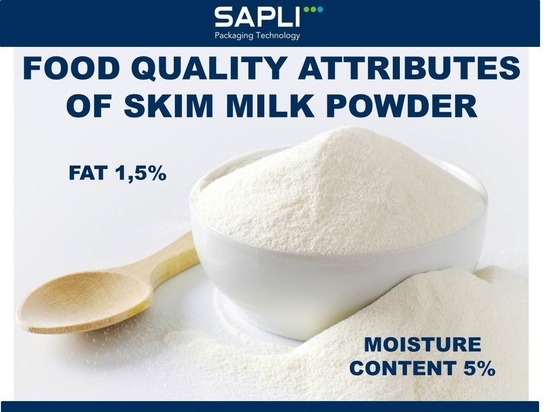
#Product Trends
LIGHT REACTIONS IN POWDERED MILKS
LIGHT EFFECTS
Light-induced degradation reactions in milk create a serious problem for the dairy industry because of the development of off-flavors, the decrease in nutritional quality, and the rate at which these phenomena develop. Like many other foods, milk and dairy products are susceptible to oxidation, as mentioned earlier. Dairy products in particular are very sensitive to light oxidation because of the presence of riboflavin (vitamin B2). This strong photosensitizer is able to absorb visible and UV light and transfer this energy into highly reactive forms of O2 such as singlet O2. Packaging materials that can provide a barrier to light are essential to avoid this particular deteriorative reaction in milk products. As mentioned earlier, light in combination with O2 and moisture affects the quality of milk powder, and therefore light ingress via the package should be avoided. A package with a high barrier to the transmission of visible and invisible wavelengths is important. Therefore, packaging materials that are highly opaque are essential. In summary, the packaging of powdered milk needs to be considered in terms of its ability to block light, avoid transmission of water and water vapor, and prevent permeation of O2. The fourth factor influencing the indices of failure of milk powder is the ambient temperature. Although temperature is a prime factor determining the shelf life of milk powders, these products are not usually stored under controlled temperatures. Therefore, storage of milk powders at high ambient temperatures will accelerate deteriorative reactions, particularly if plastic barrier packaging materials are used, as the permeability of O2 and water vapor increases at higher temperatures.
Source: Taylor and Francis Group, LLC 2010





